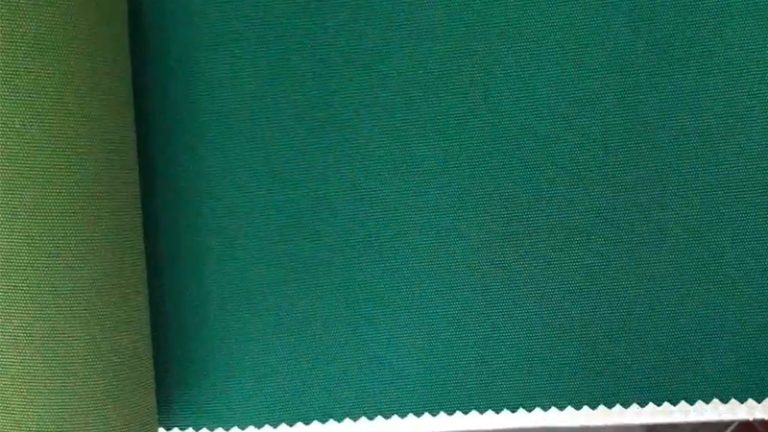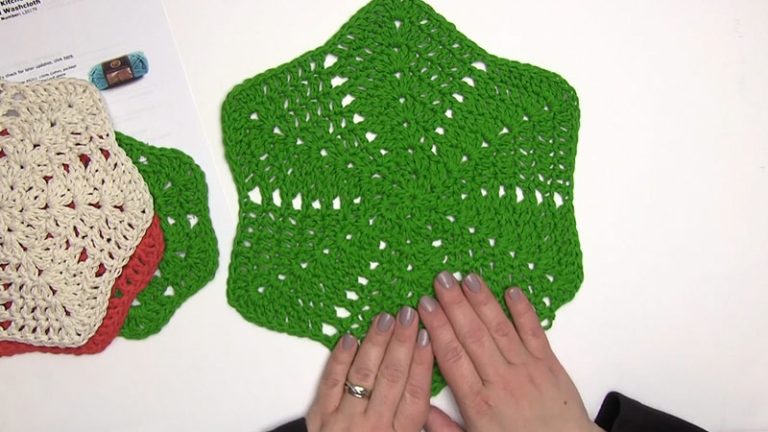The textiles market offers a plethora of choices, making the selection of the “right” fabric a complex yet crucial endeavor.
For discerning consumers and industry professionals alike, understanding the fundamental differences between materials is not merely beneficial but essential.
CVC fabric and 100% cotton stand out as two perennially popular choices, frequently prompting questions about their comparative advantages.
This authoritative guide will systematically explore the intrinsic properties and performance attributes of both CVC fabric and 100% cotton, empowering you to make a data-backed and contextually appropriate decision for your specific requirements.
Our objective is to dissect the complexities, offering clarity that resonates with the Fortune 500 standards of precision and actionable intelligence.

Understanding CVC Fabric: The Strategic Blend for Enhanced Performance
The term CVC, which stands for Chief Value Cotton, signifies a fabric where cotton constitutes the most prominent proportion among its blended fibers, commonly paired with polyester.
This strategic blending is engineered to enhance the inherent qualities of cotton, while mitigating its traditional drawbacks through the integration of synthetic components.
Definition and Composition: The Foundation of CVC’s Versatility
At its core, CVC fabric is a meticulously engineered blend, predominantly featuring cotton and polyester fibers.
The defining characteristic is that cotton consistently represents the larger share of the composition, making it the “chief value”.
While the exact blend ratio can exhibit variability, the primary emphasis remains on cotton as the dominant component, which contributes to a more natural tactile experience compared to synthetic-dominant blends.
Common CVC blend ratios widely utilized in the industry include:
- 55% Cotton / 45% Polyester.
- 60% Cotton / 40% Polyester.
- 57% Cotton / 43% Polyester.
- 80% Cotton / 20% Polyester.
- Another notable example is 65% Cotton / 35% Polyester.
Some definitions further refine CVC as a fabric where cotton content is equal to or exceeds 50%, or even more than 65% in certain contemporary interpretations, with polyester and cotton blends generally referred to as CVC yarns when cotton content surpasses polyester.
Benefits of Blending: Engineering Enhanced Functionality

The strategic incorporation of synthetic fibers, primarily polyester, into cotton fabric is a deliberate design choice aimed at significantly elevating functionality.
This blending process imbues cotton-like fabrics with a range of improved attributes, directly addressing some of cotton’s inherent limitations. Key enhancements derived from this blending include:
- Improved Breathability: While pure cotton is renowned for breathability, CVC blends aim to maintain a good degree of airflow.
- Enhanced Moisture-Wicking Properties: The addition of synthetic fibers can improve the fabric’s ability to manage moisture, leading to quicker drying times and enhanced comfort, especially in active scenarios.
- Superior Wrinkle Resistance: Polyester’s inherent resistance to creasing significantly reduces the propensity for wrinkling in CVC fabrics, making them a lower-maintenance option.
- Greater Dimensional Stability: The blend contributes to the fabric’s ability to retain its shape, minimizing stretching or deformation over time.
This strategic amalgamation of natural comfort with synthetic resilience underscores CVC’s growing importance in various textile applications.
Common Types and Uses of CVC Fabric: Versatility Across Applications

CVC fabric’s adaptable composition allows it to be manufactured in a diverse array of weaves and knits, catering to a broad spectrum of end-uses. These include, but are not limited to:
- CVC Twill Fabric.
- CVC Canvas.
- CVC Oxford.
- CVC Plain Pocketing.
- CVC Fleece.
- CVC Jersey.
- CVC Flannel.
- CVC Terry.
- CVC Denim.
- CVC Gabardine.
Given its enhanced properties, CVC fabric is ideally suited for specific applications where a balance of comfort, durability, and ease of care is paramount. Its uses are particularly prevalent in:
- Uniforms and Workwear: The fabric’s resistance to wear and tear makes it an excellent choice for garments that endure heavy use and require frequent washing, such as school uniforms and industrial work clothes.
- Activewear: The blend’s moisture-wicking properties and inherent durability make it highly suitable for athletic apparel, where performance and longevity are crucial.
- Budget-Conscious Products: CVC’s cost-effectiveness makes it a popular alternative to 100% cotton for products where budgetary constraints are a factor without significantly compromising on comfort.
- Everyday Wear: Its versatility and balanced attributes make it a strong candidate for a wide range of daily clothing items, offering a blend of cotton’s comfort with enhanced functionality.
The inherent flexibility in its composition allows CVC to be integrated into both functional clothing, such as flame-retardant or anti-static garments, and ordinary apparel, showcasing its broad applicability.
CVC Fabric vs. 100% Cotton: A Head-to-Head Comparative Analysis
A detailed feature-by-feature comparison reveals the intrinsic strengths and weaknesses of CVC fabric and 100% cotton, guiding optimal selection based on specific performance criteria.
| Feature | CVC Fabric | 100% Cotton |
|---|---|---|
| Composition | A blend primarily of cotton (55-80%) and polyester (20-45%), with cotton as the chief component. | Composed entirely from natural cotton fibers, with no blending or contamination. |
| Durability | Significantly more durable due to the reinforcing presence of polyester content. It resists wear and tear effectively, making it suitable for demanding use. | Less durable in comparison; garments may wear out faster over time. While strong, it lacks the resilience of synthetic blends. |
| Wrinkle Resistance | Demonstrates high resistance to wrinkles and effectively maintains its shape. This makes it an excellent choice for low-maintenance apparel such as travel clothing, uniforms, and everyday professional wear, significantly reducing the need for ironing. | Highly prone to wrinkling, often requiring more frequent maintenance like ironing to maintain a neat appearance. |
| Softness | Possesses a soft hand-feel, but is not as exquisitely soft as pure 100% cotton. Despite being a blend, it retains much of the comfort associated with cotton. | Extremely soft and gentle on the skin, renowned for its comfortable texture, making it a preferred choice for garments worn close to the body. |
| Breathability | Offers decent airflow, but is less breathable compared to pure cotton. Still suitable for everyday wear, but may feel warmer in extremely hot conditions. | Provides excellent breathability, allowing air to circulate freely, which is ideal for keeping the wearer cool and comfortable, especially in warm climates. |
| Moisture Wicking/Absorption | Exhibits moderate moisture absorption. The polyester component can also contribute to some moisture-wicking properties, moving sweat away from the body. | Demonstrates high moisture absorption, effectively absorbing sweat and keeping the wearer dry. This makes it highly effective for managing perspiration. |
| Hypoallergenic | The presence of synthetic polyester may cause allergic reactions in individuals with very sensitive skin. | A natural fiber and inherently hypoallergenic, making it exceptionally suitable for individuals with sensitive skin or allergies. |
| Shrinkage | Less prone to shrinkage compared to 100% cotton, offering better dimensional stability after washing. | Highly prone to shrinkage, especially if not pre-shrunk before sale, which can lead to changes in garment fit. |
| Environmental Impact | Contains synthetic polyester, rendering it less eco-friendly in terms of biodegradability. The synthetic component means it is not biodegradable and can contribute to microplastic shedding over its lifecycle. | As a natural fiber, it is biodegradable, making it an environmentally conscious choice in terms of end-of-life. However, cotton farming itself has significant environmental impacts, including intensive water usage and the potential for pesticide application, which must be considered. |
| Cost | Generally more affordable. This is primarily because polyester, being a synthetic, human-made fiber, is less costly to manufacture compared to the natural cultivation and processing of cotton. This allows for lower production costs for fabric sheets. | Typically more expensive. The natural cultivation, harvesting, and processing of cotton inherently involve higher production costs compared to synthetic fiber manufacturing. |
| Applications | Ideal for uniforms, workwear, and budget-conscious products. Also highly effective for activewear due to durability and moisture management, and versatile for everyday wear. | Best for clothing worn close to the skin, bed linens, and luxury items due to its superior softness and comfort. Also preferred for sensitive skin and hot weather. |
This comparative analysis highlights that the superior choice is not absolute but context-dependent, aligning with specific user priorities and product requirements.
Manufacturing Insights: Deeper Dive into Production and Cost Dynamics
Beyond their surface characteristics, understanding the manufacturing processes of CVC fabric offers valuable insights into its properties and cost structure.
The Unique Double-Part Dyeing Process of CVC Fabric: A Complex Endeavor
The composite nature of CVC fabric necessitates a specialized dyeing process, typically involving double-part dyeing. This complexity arises from the fundamental difference in characteristics between cotton and polyester yarns, particularly their disparate dye absorption properties.
- The process commences with the dyeing of the polyester component, which requires a higher temperature of 140°C. Notably, some dye color may inadvertently adhere to the cotton portion during this initial phase.
- Subsequently, the color absorbed by the cotton part is reduced at a temperature of 80°C.
- The final step involves the dyeing of the cotton part at a temperature range of 98°C-100°C.
- The entire, intricate process can span approximately 18 hours to ensure optimal color application and consistency.
- A critical note is that if this type of fabric is not subjected to proper double-part dyeing, the finished material can exhibit an undesirable “marl effect”, indicating uneven color distribution.
This multi-stage dyeing process underscores the manufacturing complexity involved in producing high-quality CVC fabric.
Understanding CVC’s Cost-Effectiveness: Economic Advantages of Blending
The relative affordability of CVC fabric compared to 100% cotton is a significant factor in its widespread adoption, particularly for budget-conscious applications.
This cost differential is rooted in the fundamental economics of fiber production:
- CVC yarn is inherently more cost-effective than 100% cotton yarn.
- The primary reason for this economic advantage lies in the nature of polyester. As a synthetic, human-made fiber, polyester’s production involves industrial processes that are generally less expensive than the cultivation and harvesting of natural cotton.
- This ability to blend more affordable polyester with natural cotton allows garment producers to manufacture fabric sheets at a significantly lower overall cost, translating into more competitive pricing for the end product. The strategic blend not only enhances functionality but also provides a distinct economic benefit.VIII. Conclusion: Making Your Final Informed Fabric Decision





